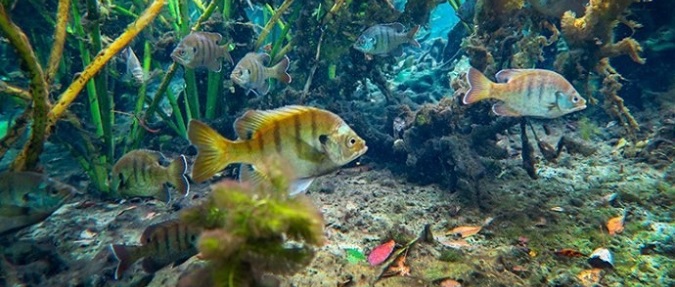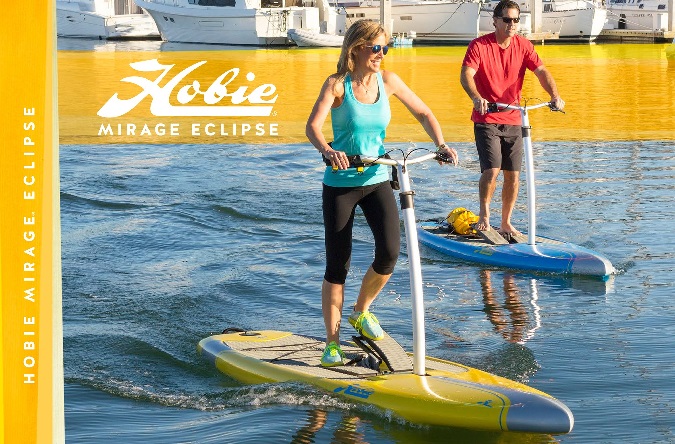As a crash course to panfishing, it is best to begin with what species the term ‘panfishing’ refers to. For starters, a pan fish is named as such because it refers to a type of edible game fish species that do not outgrow or remain within the size of a frying pan, but also large enough to be considered legal to take home.

Popular panfish species include sun perch and bluegill. Other species like candlefish, yellow perch, rock bass, sand lances, minnows, bullheads, sand rollers, rocky mountain whitefish, yellow bass, crappie, croaker, and white bass are among the most commonly caught edible saltwater and freshwater panfish species.
How to Start
Now that we know which species we are targeting, it’s time to know how to start. As most things in life, the way to go is to start small. You can be ambitious, but it is best to not get your hopes up and dream of catching muskie, pike, and largemouth bass. These game fish species are for more advanced anglers.
You can build up your skills by targeting small fish with small lures. Bluegill is the best species to focus on at this stage. They are smaller and easier to catch, but they do share the same eating habits and instincts as their bigger and more complicated game fish relatives. Once you become a bluegill hunting expert, you bet you can catch other species like a pro as well.
Gearing Up
To catch your first bluegill, you will need a rod and reel designed especially for panfishing. Consider getting a B’n’M Sharpshooter with B’n’M West Point BM050 Reel or a Fenwick HMG with Pflueger Purist1325. Cabela’s Fish Eagle Graphite with Shimano Sedona 1000FD and the G. Loomis Trout Series with Shimano Stradic C14 are also among the killer rod and reel combo you should consider.
As far as your reel goes, you want to get those 1000 series reels since they have a smooth drag. Also, opt for two-pound test lines since you want it to cast far. At the same time, these lines are also awesomely strong and they don’t spook fish in shallow and clear waters.
For your baits, you don’t have to worry much since pan fish are voracious eaters and they will go for any basic natural bait. Different species have different preferences though so you may want to use grasshoppers, crickets, or worms if you are aiming for bluegill, redear, warmouth, and pumpkinseed. On the other hand, soft-shell crawfish and live minnows are some of crappies’ favorite feed.
If you choose to use lures, there are hundreds of artificial ones in the market today. It’s amazing how real-looking and graceful the lures they are selling now! However, don’t get overwhelmed. No matter which lure you choose to purchase, do not forget you are looking for something small.
Go for curltail jigs, marabou, and tubes since almost all panfish species smash these lures. You can also opt for soft-plastics since they imitate the fish’s natural prey so well, it’s uncanny! There are artificial spiders, crickets, and grasshoppers that you can buy, and they work well too.
The Technique
Once you have assembled your tackle and are all geared up, the next thing you need to think about is how to cast and retrieve properly especially if you are using lures. Essentially, you want to make short and precise casts whether from the shore or on the kayak.
One strategy is to aim for piers, weeds, and fallen trees since most small fish hang around these areas. You want to stick with short flip casts and underhand casts at this stage. Slow retrieval is the key as well. Once you get more used to casting and retrieving, you will then get the feel of additional retrieval motions to work your lures and fire up the fish.
Among the most popular techniques you can practice include:
1. Vertical Jigging – This works when you’re fishing on structures that are deeply submerged. Drop your bait or jig down next or on top of the structure then lift it methodically using your wrist. You can also drop and lift your rod tip to create movement to the jig or bait.
2. Slow rolling – Using jigs, this technique is done by casting as far as you can while making sure the jig lands beyond the target. With a slow and steady retrieval, bring your lure or bait back, allowing it to pass by the target structure.
3. Trolling – Start by casting the lure or bait and leave the line rolling for a couple of yards. When the right depth and distance is reached, let the bait or lure troll behind the boat.
4. Dabbling – This is ideal when fishing around rivers. Simply cast alongside riverbanks, stumps, between lily pads, and other potential tight spots for fish to rest. By jigging the rod tip, you are putting movement on the water that will attract the fish so they bite your lure or bait.
5. Slingshot – As the name suggests, you use your pole as the slingshot while your lure is ‘shot’ ahead, and lands wherever the pole is aimed.
Once you master these attraction techniques and get the feel of the casting and retrieving motions, you’re on your way to becoming a master fisherman. One thing you should remember though is that fishing isn’t always full of action. Unless it’s a really good fishing day, you will get a few quiet waiting moments in between.
Just like the learning process, landing your first catch may take a while. However, with the right gear and practice, you should be on your way to landing your first catch. Soon enough, you don’t have to settle for smaller bluegills and target bigger and harder-to-catch panfish species.


